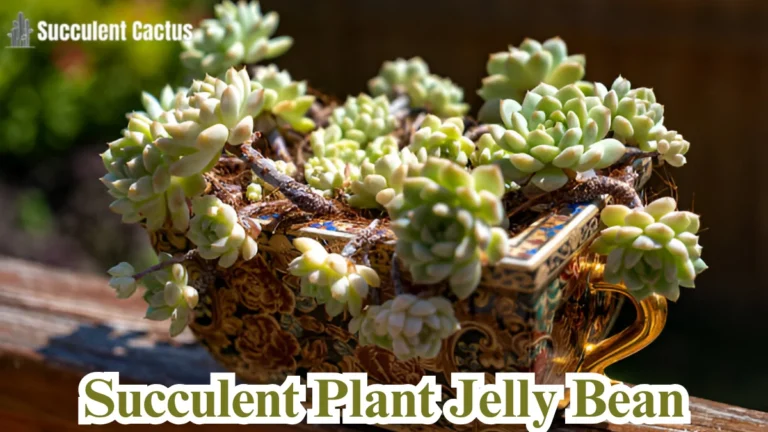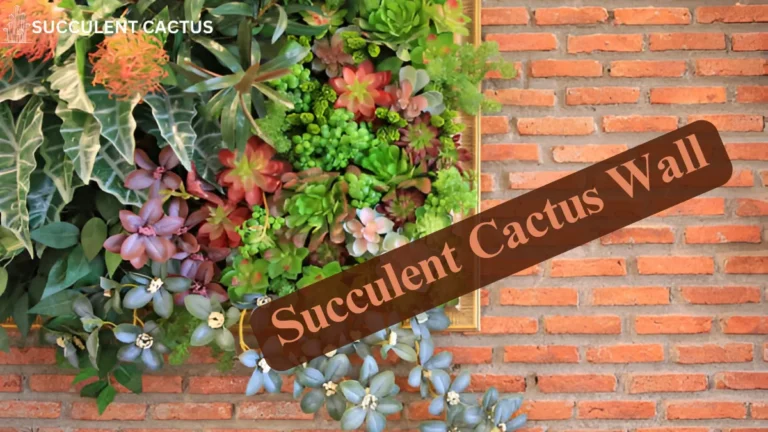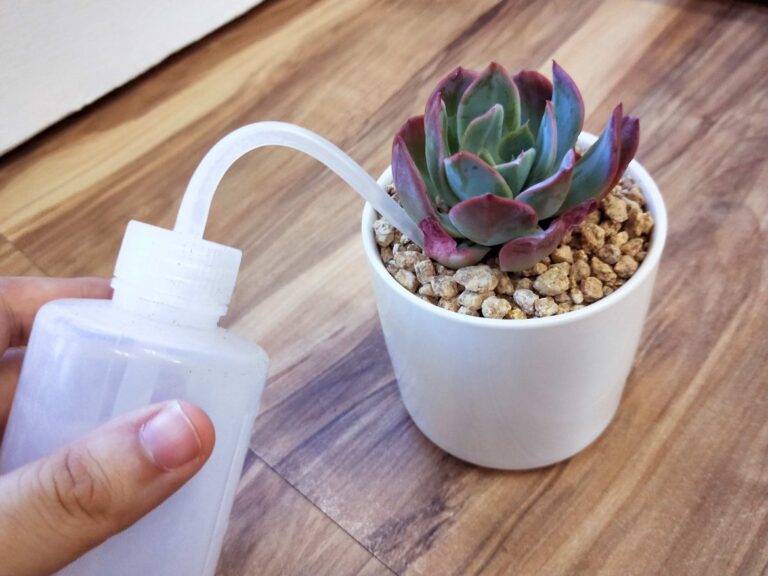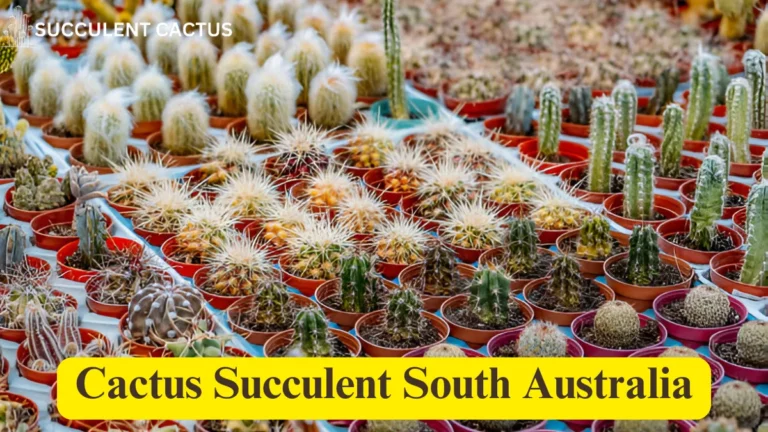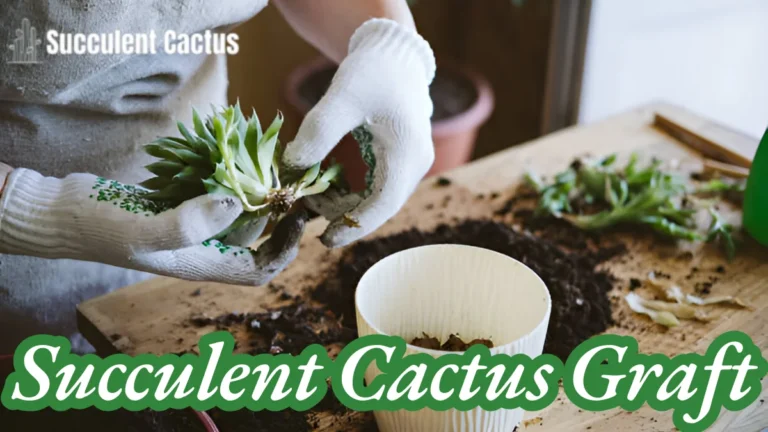The Ultimate Guide to Succulent Plant Köpa: Types, Care, and Buying Tips
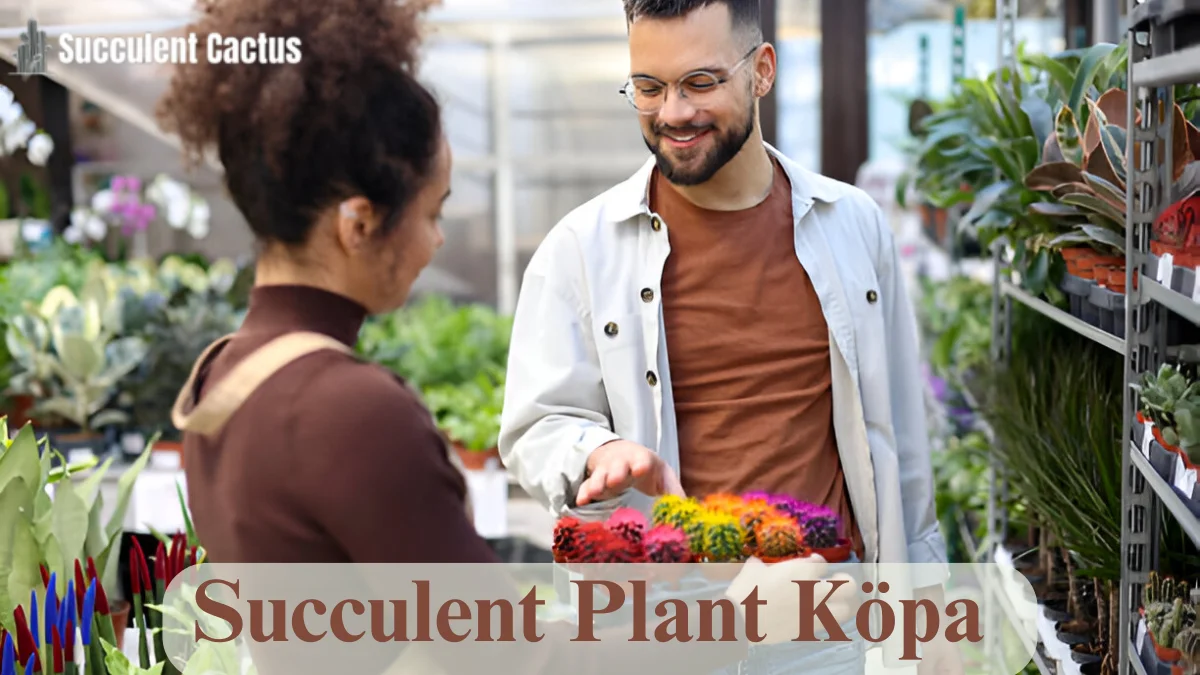
Succulent plants are admired for their adaptability, visual charm, and low-maintenance care requirements. Whether you’re purchasing your first succulent or expanding your collection, this comprehensive guide explores everything about succulent plant köpa (buying succulent plants), from types and care tips to troubleshooting common problems.
1. Introduction to Succulent Plants
Succulent plants have become immensely popular due to their unique appearance, ability to store water, and low maintenance requirements. These plants are ideal for busy individuals, first-time gardeners, and those who appreciate natural aesthetics.
What Are Succulent Plants?
Succulent plants are defined by their ability to retain water in their leaves, stems, or roots, allowing them to thrive in arid climates and harsh conditions. This adaptive feature makes them drought-resistant and perfect for indoor or outdoor settings.
- Key Characteristics:
- Thick, fleshy leaves or stems.
- Ability to survive in low-water conditions.
- Slow-growing, which reduces the need for frequent care.
Succulents are often confused with cacti, but not all succulents are cacti. While all cacti are succulents, succulents include a wide range of plant families.
Historical Background
Succulents have been around for thousands of years and have adapted to survive in extreme environments. They originated in arid regions, including deserts in Africa, South America, and Australia. Over time, they spread to other regions and became symbols of resilience.
- Cultural Significance:
- Ancient Egyptians used Aloe Vera for medicinal purposes.
- Jade plants are considered symbols of good fortune in Chinese culture.
This historical context highlights why succulents remain beloved across various societies.
Why Are Succulents Popular?
Succulent plants have gained popularity not just for their beauty but for their practicality.
- Benefits of Succulents:
- Require minimal water and care.
- Thrive indoors with proper light.
- Purify the air by removing toxins.
- Add aesthetic appeal to homes, offices, and gardens.
Their versatility and low-maintenance nature make them suitable for gardeners of all skill levels.
2. The Different Families of Succulent Plants
Succulent plants are spread across various plant families, each with distinct features and uses. Let’s delve into three prominent families.
Cactaceae (Cactus Family)
Cactaceae is perhaps the most recognizable family of succulents. Native to the Americas, cacti are known for their spiny appearance and unique flowers.
- Key Characteristics:
- Thick, fleshy stems store water.
- Spines instead of leaves to reduce water loss.
- Often produce vibrant, showy flowers.
- Famous Members:
- Prickly Pear (Opuntia).
- Barrel Cactus (Ferocactus).
Fun Fact: Cacti are highly efficient at photosynthesis, which occurs primarily at night to reduce water loss.
Crassulaceae (Stonecrop Family)
The Crassulaceae family includes popular succulents like Echeveria, Jade Plant, and Sedum. These plants are native to various regions, including Africa and Asia.
- Key Characteristics:
- Thick leaves for water storage.
- Clustered flowers that bloom seasonally.
- Adaptable to different climates.
Notable Species: Echeveria, with its stunning rosettes, and Sedum, used for ground cover, are two well-loved examples.
Agavaceae (Agave Family)
Agaves are large succulents known for their impressive rosette shapes and versatile uses. These plants are native to the Americas and thrive in harsh conditions.
- Key Characteristics:
- Sword-shaped leaves arranged in rosettes.
- Long lifespan, often flowering once before dying (monocarpic).
- Used to produce tequila and other products.
Table: Comparison of Succulent Families
| Family | Key Features | Popular Species |
| Cactaceae | Spiny stems, desert-adapted | Prickly Pear, Barrel Cactus |
| Crassulaceae | Thick leaves, adaptable, colorful | Echeveria, Jade Plant |
| Agavaceae | Large rosettes, long lifespan | Agave, Yucca |
3. Popular Succulent Species and Their Unique Traits
Succulents come in a variety of shapes, sizes, and colors, making them versatile for decorative and practical purposes.
Aloe Vera
Aloe Vera is famous for its medicinal properties and ability to thrive with minimal care.
- Unique Traits:
- The gel inside leaves is used for treating burns and cuts.
- Can store water for weeks, making it drought-resistant.
Care Tip: Place Aloe Vera in a sunny spot and water sparingly.
Echeveria
Echeveria is prized for its colorful, rose-shaped leaves, which make it a favorite among succulent enthusiasts.
- Unique Traits:
- Comes in shades of pink, blue, green, and purple.
- Requires bright sunlight but minimal water.
Tip: Rotate the plant occasionally to ensure even growth.
Jade Plant (Crassula ovata)
The Jade Plant is not only a beautiful succulent but also a symbol of prosperity and luck.
- Unique Traits:
- Glossy green leaves and thick stems.
- Can live for decades with proper care.
Fun Fact: In Feng Shui, Jade Plants are believed to attract wealth.
4. How to Properly Care for Succulent Plant After You Köpa Them
Succulents are hardy, but improper care can lead to issues like rot or pests.
Light Requirements
Succulents need plenty of light to thrive.
- Best Practices:
- Place in a spot with 6–8 hours of sunlight daily.
- Avoid the harsh afternoon sun, which can scorch the leaves.
Watering Techniques
Watering is where many gardeners make mistakes.
- Golden Rule: Water only when the soil is completely dry.
- How to Water:
- Soak the soil thoroughly, then let it drain.
- Avoid letting water sit in rosettes or on leaves.
Soil and Potting
Succulents require well-draining soil to prevent root rot.
- Best Soil Mix: Cactus soil or a blend of regular soil, sand, and perlite.
5. Common Problems and How to Solve Them
Succulent plants are resilient, but they are not immune to problems.
Overwatering
Overwatering is the most common issue.
- Symptoms:
- Mushy, discolored leaves.
- Foul smell from the soil.
Solution: Allow the soil to dry completely and repot if necessary.
Pests
Succulents can attract pests like mealybugs and spider mites.
- Prevention:
- Inspect plants regularly.
- Use neem oil or insecticidal soap.
Lack of Light
Insufficient light leads to leggy, stretched-out growth.
- Solution: Move the plant to a brighter location or use grow lights.
6. Propagating Succulent Plants
Succulent plant köpa is an easy and rewarding way to expand your collection.
Propagation from Leaves
Many succulents can grow from a single leaf.
- Steps:
- Gently remove a healthy leaf.
- Allow the leaf to callous over for 1–2 days.
- Place it on well-draining soil and mist occasionally.
Propagation from Stem Cuttings
Stem cuttings work well for trailing or upright succulents.
- Steps:
- Cut a healthy stem with sterilized scissors.
- Let it dry for a few days.
- Plant it in the soil and water sparingly.
Propagation from Offsets
Many succulents, like Aloe Vera, produce baby plants called offsets.
- Steps:
- Gently remove offsets from the base of the parent plant.
- Plant them in their pots and care as usual.
Table: Methods of Propagation
| Method | Best for Species | Time to Root |
| Leaf Propagation | Echeveria, Sedum | 2–4 weeks |
| Stem Cuttings | Jade Plant, Crassula | 3–6 weeks |
| Offsets | Aloe Vera, Agave | 1–2 weeks |
7. Common Mistakes to Avoid When Caring for Succulent Plants
Succulent plant köpa are hardy, but even they can suffer due to certain common mistakes made by growers. Identifying and avoiding these mistakes will keep your plants healthy.
Overwatering
Overwatering is one of the most common reasons succulent plants fail to thrive. Their roots are sensitive to excessive moisture, leading to rot.
- What Happens with Overwatering?
Succulents store water in their leaves and stems, so they do not need frequent watering. Overwatering can cause the leaves to swell, discolor, and eventually turn mushy. - How to Fix Overwatering?
Stop watering the plant immediately. Remove it from its pot, check for root rot, and trim away any damaged roots. Replant it in dry, well-draining soil.
Pro Tip: Always let the soil dry out completely before the next watering. Use the “soak and dry” method: water thoroughly and wait until the soil is bone dry.
| Signs of Overwatering | Solution |
| Mushy, soft leaves | Stop watering immediately. |
| Yellowing leaves | Check drainage and let the soil dry. |
| Root rot | Repot in fresh, dry soil. |
Using the Wrong Soil
Succulents require specific types of soil to thrive. Regular potting soil retains too much water, which can suffocate the roots.
- Why is Soil Important?
Proper soil allows excess water to drain away, preventing waterlogging and root rot. Cactus or succulent-specific soil is usually gritty and sandy, ensuring good airflow and drainage. - DIY Soil Mix:
You can make your succulent soil by mixing:- 2 parts sand (preferably coarse)
- 2 parts regular potting soil
- 1 part perlite or pumice for aeration
Placing in Low Light
Light is essential for photosynthesis and healthy growth in succulents. Many species prefer bright, indirect sunlight, though some can adapt to low light.
- Effects of Low Light:
- Etiolation: When succulents don’t get enough light, they stretch toward the nearest light source, losing their compact and symmetrical form.
- Pale Leaves: A lack of light often leads to faded or dull leaf colors.
- Fix: Place your succulents near a window where they can get 6–8 hours of sunlight daily. If indoors, consider using grow lights to supplement light.
| Common Light Needs | Examples |
| Bright, direct sunlight | Aloe Vera, Echeveria |
| Bright, indirect sunlight | Snake Plant, Haworthia |
| Low light | Jade Plant, ZZ Plant |
8. Seasonal Care for Succulent Plants
Succulent plant köpa require different care depending on the time of year. Adjusting your routine can ensure your health during all seasons.
Summer Care
During summer, succulents are typically in their active growing phase.
- Watering:
Water more frequently but ensure the soil dries out completely between waterings. For outdoor succulents, consider increasing the frequency as they lose moisture faster. - Light and Heat:
Protect succulents from intense midday heat, as excessive exposure can cause sunburn. Move them to partial shade if necessary.
Pro Tip: A light shade cloth can help outdoor succulents during extreme heat.
Winter Care
In winter, most succulents enter dormancy and require less water and care.
- Watering:
Reduce watering drastically. Overwatering during this time can lead to root rot since the plant’s water requirements are minimal. - Placement:
Keep succulents indoors or in a greenhouse if your region experiences frost.
Key Tip: Frost-tolerant succulents like Sedum and Sempervivum can withstand colder conditions but should still be protected from extreme frost.
Table: Seasonal Care Overview
| Season | Watering Frequency | Light Requirement | Special Tips |
| Spring | Moderate (every 2 weeks) | Bright, indirect sunlight | Begin light fertilizing during growth. |
| Summer | Moderate to high | Bright, direct sunlight | Provide shade during extreme heat. |
| Fall | Low | Indirect sunlight | Gradually reduce watering. |
| Winter | Minimal (every 4–6 weeks) | Maximize indoor sunlight | Protect from frost and cold drafts. |
9. Propagation Techniques for Succulents
Propagating succulent plant köpa allows you to expand your collection while learning more about their growth process.
Leaf Propagation
Leaf propagation is one of the easiest ways to grow new succulent plants. It’s ideal for species like Echeveria and Graptopetalum.
- Steps for Success:
- Select a healthy, mature leaf and twist it off gently from the base.
- Allow the leaf to dry and callous for 1–3 days.
- Lay the leaf on top of a shallow bed of soil. Mist occasionally and wait for roots to develop.
Stem Cuttings
This method works well for succulents with long stems, such as Crassula or String of Pearls.
- Steps:
- Use a sharp, sterile knife to cut a stem.
- Let the cutting dry for 2–3 days.
- Plant it in well-draining soil and water sparingly until roots form.
| Propagation Method | Best Suited For | Success Rate |
| Leaf Propagation | Echeveria, Graptopetalum | Medium |
| Stem Cuttings | Jade Plant, String of Pearls | High |
Division
Division involves separating offsets or pups from the mother plant. This works best for plants like Aloe Vera and Agave.
- Steps:
- Gently remove the mother plant from its pot.
- Identify offsets with their root systems.
- Replant the offsets in separate pots with fresh soil.
Signs of a Healthy Succulent Plant
Recognizing the signs of a healthy succulent plant is essential for ensuring its long-term growth and survival. A thriving succulent has distinct physical and behavioral indicators that signal proper care.
Firm, Plump Leaves
Healthy succulents have firm, fleshy leaves that store water effectively.
- Characteristics of Healthy Leaves:
- Vibrant colors (green, red, purple, or even variegated patterns depending on the species).
- Leaves feel firm to the touch and are not wrinkled or mushy.
- Common Issues:
- Wrinkled Leaves: A sign of under-watering.
- Soft or Mushy Leaves: Usually a symptom of overwatering or root rot.
Quick Tip: Examine the leaves at least once a week to monitor the plant’s hydration and overall condition.
Compact Growth
Succulents growing compactly, with minimal spacing between leaves, indicate they are getting adequate light.
- What Compact Growth Looks Like:
- Rosettes like Echeveria or Sempervivum remain tightly formed.
- Stems of upright succulents (e.g., Crassula ovata) do not stretch unnaturally.
- Signs of Trouble:
- Etiolated Growth: If the succulent stretches or becomes leggy, it’s not getting enough light.
Prevention: Position succulents where they receive 6–8 hours of sunlight daily.
Strong Root System
A healthy succulent has a strong and established root system that anchors the plant and ensures water uptake.
- Signs of Healthy Roots:
- Roots are white or light tan.
- No signs of blackened or mushy roots (indicating rot).
Table: Comparing Healthy vs. Unhealthy Succulent Roots
| Aspect | Healthy Roots | Unhealthy Roots |
| Color | White or light tan | Black, mushy, or foul-smelling |
| Texture | Firm, flexible | Soft, slimy |
| Growth Pattern | Well-distributed in the pot | Sparse or overcrowded |
The Role of Succulents in Home Décor
Succulent plant köpa have gained immense popularity for their ability to enhance indoor and outdoor spaces with minimal effort.
Aesthetic Appeal
Succulents come in various shapes, sizes, and colors, making them versatile for decor.
- Creative Ideas:
- Create living walls or vertical gardens using succulents.
- Place them in geometric planters to complement modern decor.
- Use trailing succulents like String of Pearls for a cascading effect on shelves or hanging pots.
- Variety of Choices:
- Small succulents (e.g., Haworthia) for desks and tabletops.
- Larger species like Agave for patios or garden focal points.
Low-Maintenance Design
Succulents require minimal care, making them ideal for busy individuals or those new to gardening.
- Advantages:
- Can survive long periods without watering.
- Suitable for small spaces, including apartments and offices.
- They purify the air and create a calming atmosphere.
Fun Fact: A study by NASA found that certain succulents, like Aloe Vera and Snake Plant, can improve indoor air quality by absorbing toxins and releasing oxygen.
Indoor vs. Outdoor Use
Both indoor and outdoor succulents bring unique benefits, depending on their placement.
| Feature | Indoor Succulents | Outdoor Succulents |
| Light Requirement | Bright, indirect light | Full sunlight |
| Popular Species | Jade Plant, Haworthia, Snake Plant | Agave, Echeveria, Sempervivum |
| Placement Tips | Place near windows | Use as border plants or ground cover |
Succulents as Gifts and Symbols
Succulent plants make excellent gifts due to their low maintenance, aesthetic appeal, and symbolic meanings.
Succulents as Meaningful Gifts
Succulents are often gifted to symbolize growth, prosperity, and resilience.
- Occasions for Gifting:
- Housewarming: Jade Plant is believed to bring good fortune.
- Weddings: Succulent arrangements or favors represent enduring love and harmony.
- Thank You Gifts: Mini succulents in decorative pots are perfect tokens of appreciation.
- Creative Gifting Ideas:
- Succulent terrariums in glass containers.
- Personalized pots with quotes or names.
Symbolism of Succulents
Different succulent species carry specific meanings:
| Succulent Type | Symbolism |
| Jade Plant | Prosperity and good luck |
| Aloe Vera | Healing and protection |
| Echeveria | Beauty and elegance |
Eco-Friendly Option
Succulent plant köpa options make environmentally friendly gifts, as they are sustainable and require fewer resources compared to traditional flowers.
- Benefits Over Flowers:
- Longevity: Succulents last for years, unlike cut flowers.
- Eco-Conscious: Require less water and care, making them a sustainable choice.
FAQs
Q:1 Why do succulent leaves turn yellow?
Ans: Yellowing leaves are often caused by overwatering or insufficient light. Ensure the soil is well-draining and the plant receives adequate sunlight.
Q:2 How often should I water my succulents?
Ans: Water only when the soil is completely dry, usually every 1–2 weeks depending on humidity and light conditions.
Q:3 What type of soil is best for succulents?
Ans: Use a well-draining soil mix, such as cactus soil or a DIY mix of potting soil, sand, and perlite.
Q:4 Can succulents survive indoors?
Ans: Yes, many succulents thrive indoors as long as they get bright, indirect light and are not overwatered.
Q:5 How can I propagate succulents?
Ans: Succulents can be propagated via leaves, stem cuttings, or offsets. Allow cuttings to dry before planting in well-draining soil.
Conclusion
Succulent plants are versatile, low-maintenance, and aesthetically pleasing additions to any home or garden. Whether you’re planning to kopa a succulent plant or expand your existing collection, these plants offer both practical and decorative value. From understanding their care needs to exploring their symbolic meanings, succulents are perfect for enhancing indoor air quality or finding an eco-friendly gift. Start your succulent journey today and experience the beauty and resilience of these remarkable plants!

